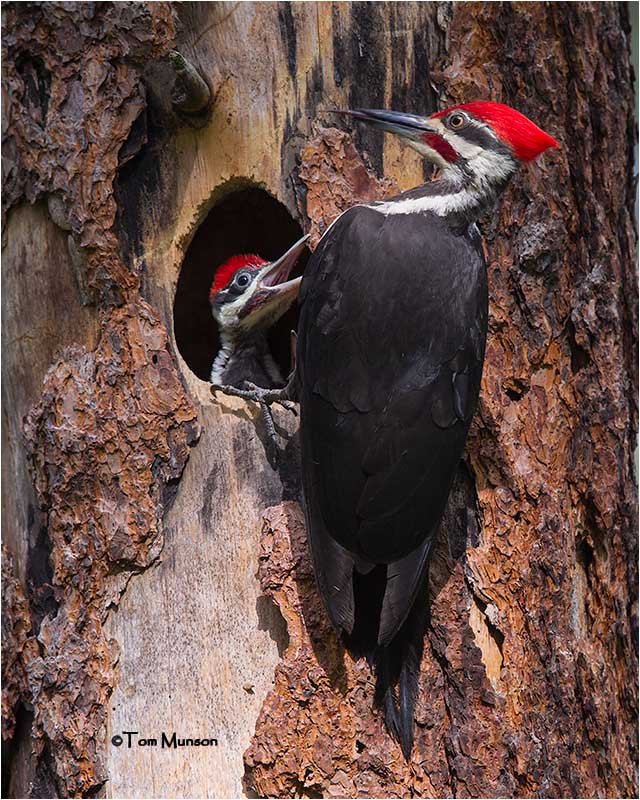
Drum Soloist, the Northern Flicker
As the days lengthen I listen. The breeding great horned owls have been at it for weeks. A few nights ago, I heard four separate owl voices from my piney woods. Another bird will soon join the ensemble. A percussionist. Although they winter here, they’ve been pretty quiet. Until they are not.
Starting in late February or early March a male northern flicker (Colaptes auratus) proclaims his availability from the power pole on our access road. This pole must be reliable because he’s back each spring. Last year he discovered our metal pole barn amplifies his din. His mate also performs a drum solo, answering his plea. Drumming allows flickers to communicate and publicize their territories and is only one of the flickers’ sounds. Sometimes a drum roll of 20 or so beats is followed by a loud “wicka, wicka, wicka.” Their rattling call resembles that of the pileated woodpecker. A piercing “keeer” may be voiced year-round.
Northern flickers are large handsome woodpeckers that live in open forest habitats, yards, and parks. Brownish overall with black bars on their back, flickers wear a black crescent bib above their black-spotted breast. Their coral-colored flight and tail feather shafts and white rump patch, visible during their undulating flight, provide helpful clues to their identity. Their stiff tail feathers are black tipped and pointed on the ends. Sexes are similar except males have a red malar mark or mustache that extends from their beak along their gray cheek.
Northern flickers occur through much of the Americas with the red-shafted race dominating the western US, while the yellow-shafted race dominates the east, although they hybridize where their ranges overlap. The two forms are now considered one species by the American Ornithological Society.
Flickers are important members of woodland communities. They excavate nest holes that other cavity nesters depend on. You often see flickers on the ground where they forage for ants and other insects. They shift their diet to nuts, seeds, and berries when ants are dormant. They are one of my favorite bird bath visitors. Their size, more than demeanor, frightens off small bathers. First they drink, then plop, wiggle, splash, fluff, and scratch. Ahh, nice to be cool and clean.
Some Native Americans believed that flickers had power over fire. Their stories portray flickers as lucky birds, associated with friendship and happiness. When my friendly favorite drummer returns, I’ll be happy too!
Originally published in The Pygmy Owl, Spokane Audubon Society newsletter

Thank you, always a joy to read your field notes.